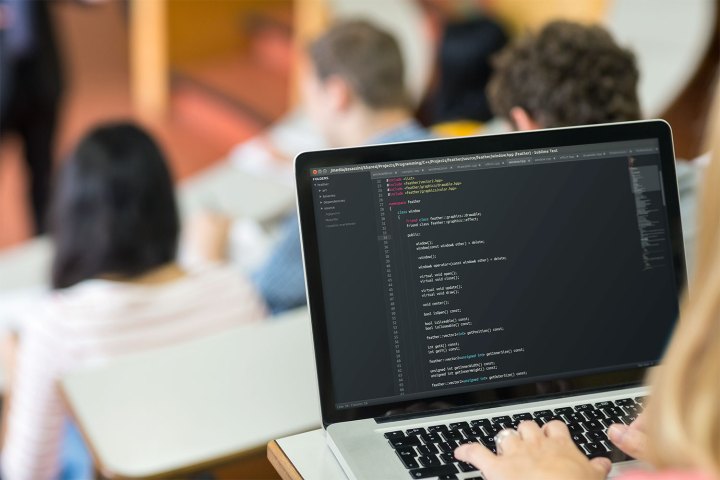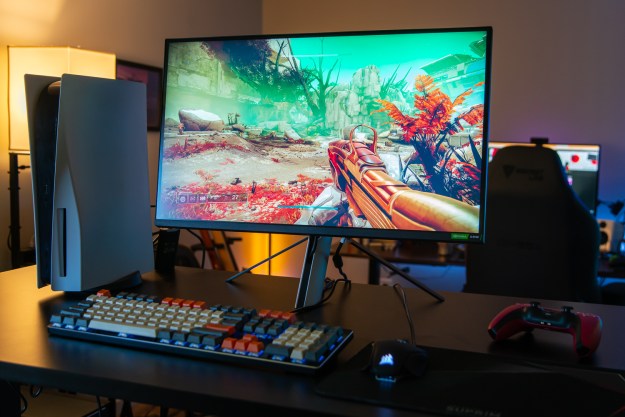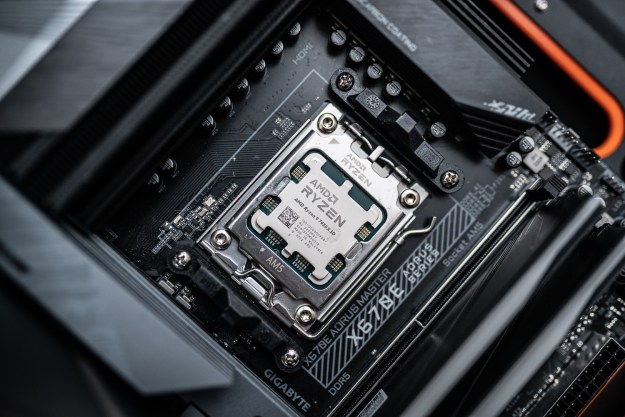
A new study conducted by Code School proposes that “most coders and software developers form hobbies and interests in computers before the age of 16, and their interest carries into their college and professional years.” And rather unsurprisingly, these hobbies, interests, and even habits, differ quite drastically between the sexes.
As per Code School’s online survey of 2,208 of its active, global users, men in computer science were boys who found “their passion for technology very early and [did] better in school despite a tendency toward procrastination.” This is not, however, the case for women in the field, who “tend to be exceptional and very conscientious students during their formative and college years.”
Furthermore, whereas young men dive right into computers as a hobby, female coders and computer scientists tend to start off in music or the performing arts before venturing into CS. In fact, “more than half of men got into computers at 15 or younger,” while “two-thirds of women became interested in computer science at age 16 or later.”
Although coders have developed a somewhat nerdy, brainiac reputation, Code School’s survey notes that “a low GPA does not disqualify a child for a successful future computer science career,” and this may be especially true for young men. While male coders, on average, received “good grades,” achieving high school GPAs of 3.6 or better, “men are more likely than women to have low GPAs.”
Conversely, women in computer science do tend to be academic standouts, with 81 percent of women in computer science fields maintaining stellar grades throughout high school. This is likely a derivative of the fact that women coders are “less likely to procrastinate and more likely to turn in work on time with the best quality,” while 41 percent of men admitted to waiting until the last minute to do school assignments.
Work ethic also seems to have an effect on the propensity for continuing education — only 42 percent of the men who were surveyed received a bachelor’s degree and 27 percent went on to get a graduate degree, and they were overall more likely to have started and stopped college than women (14 percent versus 7 percent of women).
On the female side of the ledger, 51 percent of women received bachelor’s degrees and 30 percent received graduate degrees, perhaps suggesting that further validation is needed for the less represented gender in the industry.
And of course, no study would be complete without a breakdown of how the salaries of male and female coders compare. According to Code School, “Men tend to live at both extremes of the annual income scale, with one in four making $100,000 and one in five making less than $25,000.” Although there’s less variation among women, the average is also considerably lower — “Women are more likely to have steady middle-class incomes,” the study notes, “With 32 percent making between $50,000 and $99,999 annually, though fewer women than men make more than $100,000 a year (17 percent).”
Given the obvious discrepancies between how men and women get their start in computer science, Gregg Pollack, Code School founder, notes that a one-size-fits-all approach to increasing interest in the field is unlikely to be effective. When it comes to improving the presence of women in tech, Pollack told me, two things really need to happen — first, girls need to be exposed to computer science at an earlier age. “If a student is eventually going to become a programmer,” he said, “Having familiarity will certainly increase the odds.”
Secondly, Pollack noted, young women need to meet others who are similarly interested in coding and computer science, and also make use of similar learning styles. “What you use to teach someone computer science at 10 years old is very different than what you’d use at 25 years old,” Pollack said. “Creating … learning resources and truly democratizing them” will ultimately bring more women to the forefront when it comes to technical roles.
So if you’re looking for a way into computer science or looking to groom your child for the field, keep these figures in mind. Or, who knows, break the mold and help create a new set of statistics.


